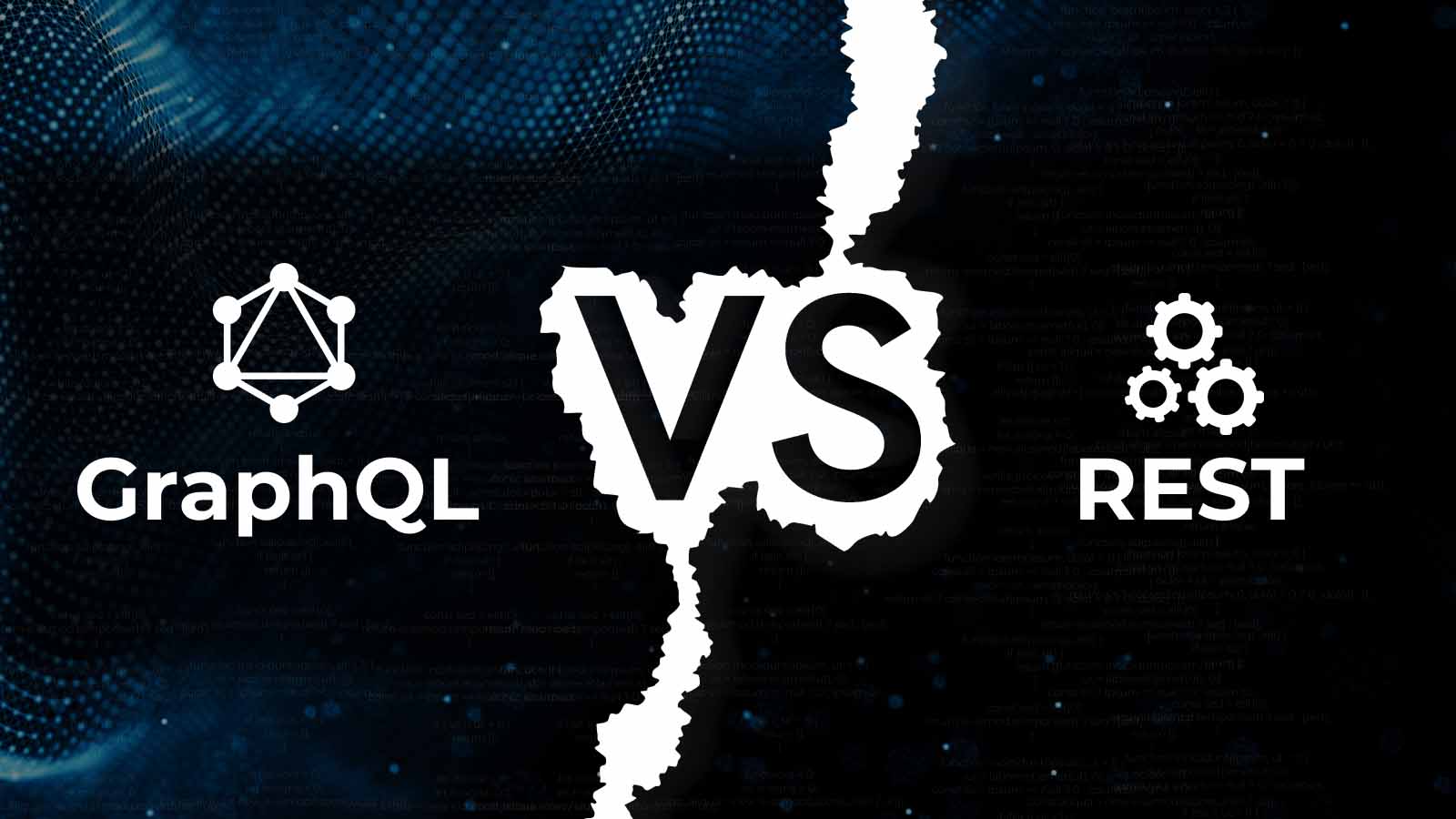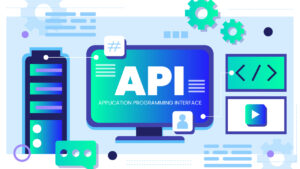In today’s digital landscape, the way we connect applications and services is more important than ever. APIs (Application Programming Interfaces) serve as the backbone of this connectivity, enabling different systems to communicate seamlessly. Among the various architectures available, GraphQL and REST have emerged as two popular choices. But how do you know which one is right for your project? Let’s dive into the details.
Understanding REST
REST (Representational State Transfer) is a traditional architectural style that uses standard HTTP methods like GET, POST, PUT, and DELETE to perform CRUD (Create, Read, Update, Delete) operations.
Key Features of REST:
- Resource-Based: REST focuses on resources, each identified by a unique URL. For example, a user might be accessed via
/users/1. - Stateless: Each request from the client contains all the information needed for the server to fulfill that request, promoting simplicity and scalability.
- Standardized Methods: REST uses standard HTTP methods, making it easy for developers familiar with web technologies to pick up.
Pros of REST:
- Simplicity: Its straightforward nature makes it easy to understand and implement.
- Cacheable Responses: REST APIs can leverage HTTP caching, improving performance.
- Wide Adoption: A mature ecosystem means plenty of resources, libraries, and community support.
Cons of REST:
- Over-fetching and Under-fetching: Clients may receive more or less data than needed in a single request, leading to inefficiencies.
- Rigid Structure: Changes in the data structure often require versioning of the API, complicating maintenance.
Understanding GraphQL
GraphQL, developed by Facebook in 2012, is a query language for APIs that allows clients to request only the data they need. This approach contrasts sharply with the resource-centric nature of REST.
Key Features of GraphQL:
- Single Endpoint: Unlike REST, which may require multiple endpoints, GraphQL typically exposes a single endpoint for all operations.
- Flexible Queries: Clients can specify exactly what data they need, avoiding the pitfalls of over-fetching and under-fetching.
- Strongly Typed Schema: GraphQL uses a schema to define types and relationships, enhancing clarity and predictability.
Pros of GraphQL:
- Efficiency: Clients can request only the data they need, which is especially beneficial in mobile applications.
- Rapid Development: Frontend teams can iterate quickly without needing backend changes for every new data requirement.
- Self-Documentation: The schema acts as a self-documenting source, making it easier for developers to understand available data.
Cons of GraphQL:
- Complexity: The learning curve can be steep for developers new to the concept, especially when dealing with nested queries.
- Caching Challenges: Caching responses can be more complex compared to REST due to the dynamic nature of queries.
- Overhead in Small Applications: For simpler applications, the added complexity of GraphQL might not be justified.
When to Use REST
REST is often the go-to choice for projects that prioritize simplicity and have well-defined data structures. If your application:
- Has straightforward CRUD operations
- Requires strong caching mechanisms
- Is built on existing RESTful services
Then REST might be the way to go. It’s especially suitable for applications where the data requirements are stable and predictable.
When to Use GraphQL
GraphQL shines in scenarios where flexibility and efficiency are paramount. Consider using GraphQL if:
- Your application requires complex data relationships
- You want to minimize the number of API requests
- The frontend development team needs to iterate rapidly on data requirements
It’s particularly beneficial in applications with dynamic content, such as social media platforms or dashboards with various data visualizations.
Conclusion
Choosing between GraphQL and REST ultimately depends on your project’s needs. If you’re looking for simplicity and a resource-driven approach, REST may be your best bet. However, if you need a flexible, efficient way to handle complex data requirements, GraphQL could be the right choice.
In the end, the best solution is one that aligns with your goals, team capabilities, and user needs. Regardless of your choice, both architectures have their strengths and can serve as powerful tools in your development arsenal.
For more insights on API design and best practices, visit univisionz.com. Happy coding!




